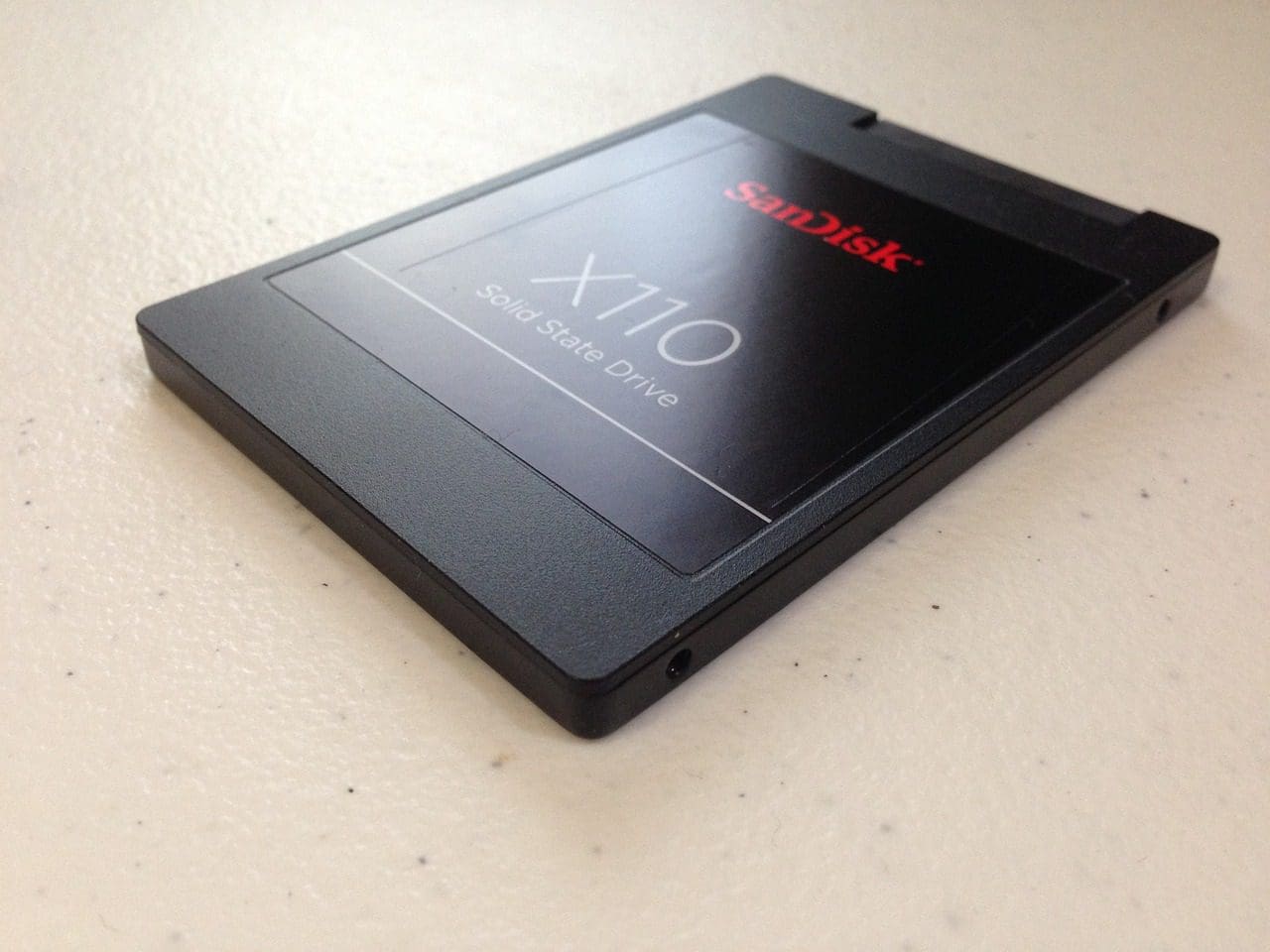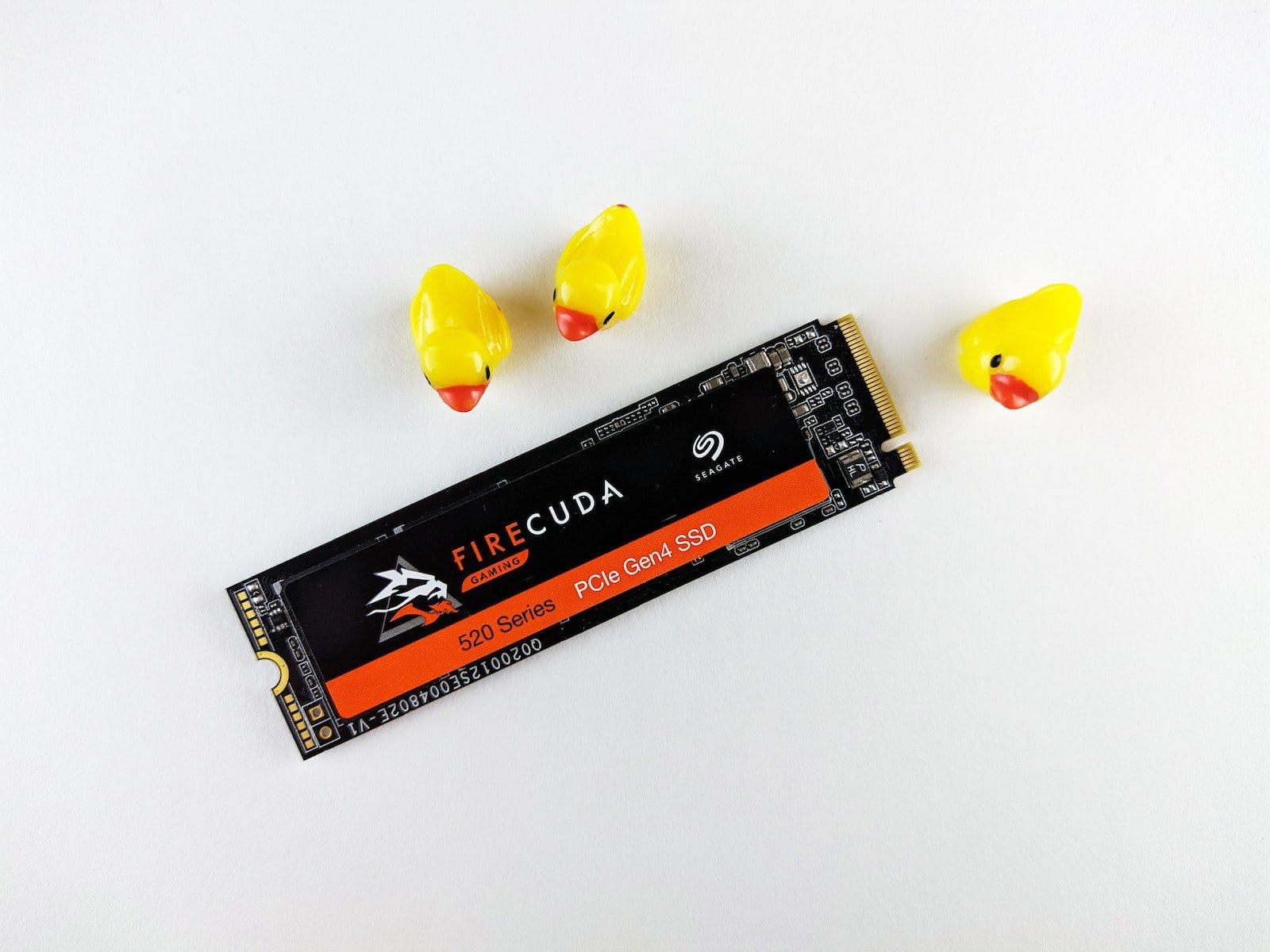A computer’s storage components are crucial. They save digital data as well as a record of the media that is contained in the device. It is a part of the computer’s hardware integration. The regular operation of a computer would be difficult without storage.
Flash memory is used by solid-state drives, which are non-volatile storage devices, to store persistent data. They were created earlier than NVMe. The stored data in a computer can be accessed using the NVMe software interface.
NVMe is software that can be installed into the computer, whereas SSDs are a component of the hardware. A new form factor for SSDs called M.2 allows them to connect directly to the motherboard of a computer without the use of any additional wires. Let’s see what are the main differences between all of them.
Key Takeaways
- SSDs use NAND-based flash memory for non-volatile storage. At the same time, NVMe is a communication protocol specifically designed for SSDs, and M.2 is a form factor for SSDs and other expansion cards.
- NVMe SSDs provide faster read and write speeds than SATA SSDs, improving overall system performance.
- M.2 SSDs are compact and require less physical space, making them suitable for slim and portable devices.

SSD and NVMe vs M.2
SSDs are faster and more reliable than HDDs, with faster file transfers and less mechanical failure. NVMe is a high-performance interface optimized for modern computing environments, providing faster data transfer rates and reduced latency. M.2 is a form factor for SSDs that connects to the motherboard using PCIe.
The broad category of data storage medium known as SSD uses flash memory and integrated circuits to store data. A physical interface, a SATA or PCIe slot, is used to connect SSDs to your computer or motherboard.
NVMe drives, which don’t use SATA bandwidth but instead connect to a motherboard’s PCI Express (PCIe) slot, were first introduced in 2013. In contrast to SATA SSDs, which have a maximum speed of 600 MB/s, NVMe drives can deliver a sustained read-write speed of 3.5 GB/s.
On the other hand, M.2 is created to maximize PCB (printed circuit board) while taking up the least amount of room possible in your laptop or computer. Your motherboard must have an M.2 slot in order to connect an M.2 SSD.
Comparison Table
| Parameters of Comparison | SSD | NVMe | M.2 |
|---|---|---|---|
| Speed | 600MB. | 2000 MB. | 600MB. |
| Performance | Move data more slowly. | Transfer data 25 times faster. | Provides good performance. |
| Full form | Solid state drive. | Non-volatile memory express. | Small form factor SSD. |
| Size | Comes in a variety of form factors. | 22mm wide with lengths of 30, 42, 80, or less 110 millimeters. | 22 millimeters wide and 60 mm or 80 mm long. |
| Cost | Expensive. | Expensive. | Cheaper. |
What is SSD?
A new generation of computer storage devices is called a solid-state drive (SSD). SSDs use flash-based memory to store data, which is significantly faster than the conventional hard drives that it has replaced. Switching to an SSD, which also has no moving parts, is a smart option to speed up your computer and strengthen its resilience.
SSDs use flash memory to store data on an integrated circuit permanently. Because SSDs don’t have the moving parts seen in mechanical hard disk drives, data is written, transferred, and wiped electrically and silently thanks to the flash memory they contain (HDDs). SSDs are quick and quiet as they have no moving parts but are expensive.
Modern laptops and desktop computers nearly universally employ SSDs for non-volatile data storage, which is defined as permanent data that isn’t erased when a device is powered down, unlike RAM. SSDs are smaller and lighter, and they provide incredibly quick data storage and retrieval.
PC enthusiasts and high-performance technological industries were early adopters of SSDs because their incredibly quick access times and great throughput made up for their higher price. But over time, they have evolved into the norm for popular, low-cost laptops and PCs.

What is NVMe?
Nonvolatile Memory Express (NVMe) is a cutting-edge storage access technology. Users expect ever-faster reaction times in both consumer and corporate apps today, despite the fact that the applications themselves are becoming incredibly sophisticated and resource-intensive.
The PCI Express (PCIe) slot, which supports tens of thousands of parallel command queues and is therefore much faster than hard disks and traditional all-flash architectures, which are restricted to a single command queue, is used by the NVMe protocol to access flash storage in order to help deliver a high-bandwidth, low-latency user experience.
NVMe speeds up operations
- Contrary to protocols created in the era of mechanical hard disk drives, NVMe takes advantage of multicore CPUs and terabytes of memory in addition to solid-state storage.
- In order to efficiently process and modify data, NVMe storage also makes use of command sets that have been simplified.
Nonvolatile memory is utilized by the NVMe specification in a variety of computing environments.

What is M.2?
The M.2 form factor specification, which was released in 2012, was created to take the role of the mSATA standard. The M.2 form factor is tiny and rectangular, like a piece of gum in appearance. Although sizes might vary, they are 22 millimeters wide and come in 12, 16, 22, or 30 millimeters widths. Other length options include 16, 26, 30, 38, 42, 60, 80, or 110 millimeters. While the width is more fixed, motherboards will support a range of M.2 module lengths to allow for flexibility.
The M.2 connector’s versatility and ability to transmit PCI Express, SATA, and USB signals enable manufacturers to create a wide variety of modules using it. M.2 modules and slots include various keying notches to protect users from putting the incorrect module into the incorrect slot because it supports a variety of expansion cards.
Today, SSDs are the most frequent reason to use an M.2 slot. Today, the majority of premium SSDs use an M.2 connection. It is not only significantly smaller than a typical 2.5-inch SATA drive, but it also offers inherent performance and power consumption benefits that ultimately help SSD manufacturers and end users.
Main Differences Between SSD and NVMe and M.2
SSD
- These drives have a 60–100 TB data storage capacity.
- These drives are more shock resistant and cannot be physically destroyed as quickly.
- They don’t need the disk to spin in order to operate, and their access times are short.
- The number of bits that make up a cell can affect how well various drives work.
- SSDs provide more flash capacity and are more affordable.
NVMe
- NVMe’s performance and latency advantages are extended across network fabrics, including Ethernet, Fibre Channel, and InfiniBand with NVMe over Fabrics.
- It lowers latency and offers higher IOPS from the host software stack through the Data Fabric to the storage array.
- The storage media must be physically inserted along with NVMe.
- Because NVMe has lower latency, there is little wait time for retrieving the results.
- They are available as 2.5-inch cards that slot into the computer’s storage system.
M.2
- It takes the place of the mSATA standard and enables small expansion cards to be inserted on all devices, including desktop PCs and thin and light laptops.
- The M.2 connector’s versatility and ability to transmit PCI Express, SATA, and USB signals enable manufacturers to create a wide variety of modules using it.
- To prevent users from inserting the incorrect module into the incorrect slot, M.2 modules and slots have different keying notches.
- The length of an M.2 slot, which is 22mm wide, depends on the motherboard slots.
- The dimensions can vary from 16 to 110 mm.


